The Aston Martin Valhalla has made its public debut, taking to the streets of Monaco ahead of the grand prix weekend.
The long-awaited supercar has the highest torque output of any Aston Martin yet, with its V8 plug-in-hybrid powertrain kicking out 811lb ft of torque and 1064bhp – the latter figure outpunching the rival Ferrari SF90 and Lamborghini Revuelto.
Its 4.0-litre flat-plane-crank V8 (supplied by Mercedes-AMG) contributes some 817bhp of that total, supplemented by 248bhp from a trio of electric motors - two radial-flux devices on the front axle and a starter-generator in the eight-speed automatic gearbox.
Officially, the Valhalla will get from 0-62mph in just 2.5sec and top out at an electronically limited 217mph, making it one of the quickest combustion-engined cars on sale.
Just 999 examples of the Valhalla will be built, priced from £850,000 (including VAT), although Gaydon expects "a huge number" of cars to go through its Q personalisation programme, so some will cost well in excess of that figure.
Deliveries will begin in the second half of this year.
Aston Martin Valhalla: everything you need to know
Notably, the Valhalla – unlike the 2019 concept which preceded it – is not powered by a bespoke, Aston Martin-developed V6, as was originally planned. Instead, the Valhalla follows the Aston Martin Vantage in adopting a powertrain supplied by technical partner Mercedes-AMG – specifically the performance division's twin-turbocharged 4.0-litre V8, which revs to 7200rpm and drives the rear axle through an all-new bespoke eight-speed dual-clutch automatic gearbox.
Like AMG's old GT Black Series, the Valhalla's V8 features a flat-plane crank and is said to be "the most advanced, responsive and highest-performing V8 engine ever fitted to an Aston Martin". It also breathes through a lightweight exhaust system that exits through the top of the rear deck and contains adjustable flaps that give "an authentic Aston Martin sound character".
Like the Ferrari SF90, the Valhalla uses only its front electric motors to drive in EV mode, which it can do for eight miles and at speeds of up to 80mph, but in normal driving situations, electric power is split across both axles as needed to supplement the V8's output.
It reverses exclusively in electric mode, too, saving weight by negating the need for a conventional reverse gear in the eight-speed DCT, which has been fitted with an electronic limited-slip differential to improve traction and agility and can offer up two gears at once to allow the EV and combustion motors to operate in tandem.
Housing the all-new powertrain is a bespoke carbonfibre tub that gives "maximum stiffness with minimum weight penalty". A dry weight of just 1655kg gives a power-to-weight ratio of 643bhp per tonne, while aerodynamic-enhancing bodywork elements – including huge venturi channels underneath and an active front splitter and rear wing – inspired by the Valkyrie's F1-style set-up are claimed to generate 600kg of downforce at 150mph.
Pushrod suspension features at the front and a multi-link set-up at the rear, with dampers and springs mounted inboard to reduce unsprung mass, The entire set-up is stiffened and “dramatically” lowered in Track mode and can be raised at low speed to clear speed bumps.
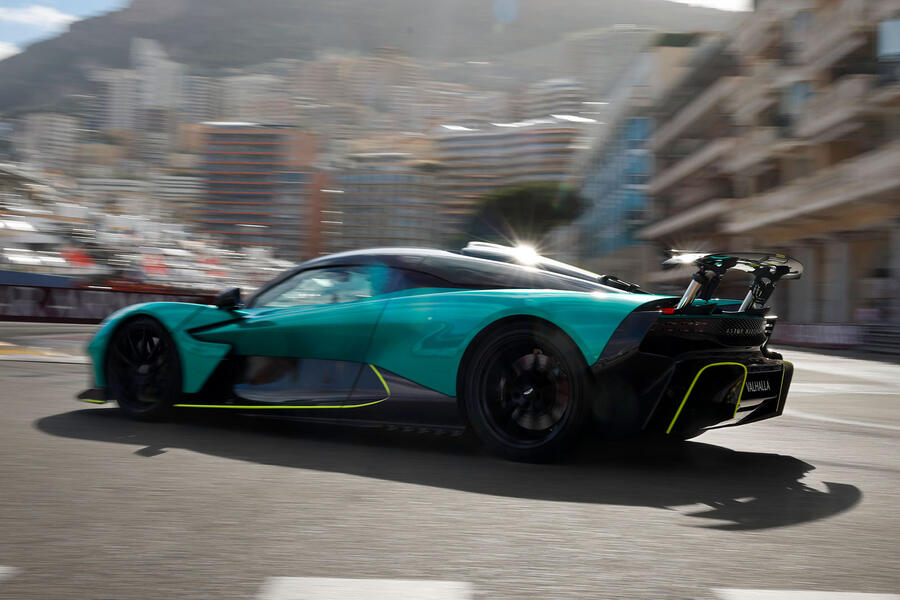
By using more subtle bodywork elements to enhance downforce, Aston's designers were given free rein for the overall silhouette, without the need for such dramatic wings, intakes and outlets as on the Valkyrie. The design is much cleaner, more overtly road-focused and extensively altered from that of the concept.
The prominent roof scoop, forward-hinged dihedral doors, swooping rear deck and one-piece rear wing remain, but a completely new treatment for the front, rear and side bring the supercar into line with its more mainstream siblings.
A wraparound version of Aston's trademark grille features at the front, for example, below larger, rounder matrix LED headlights, while the rear diffuser has been heavily toned down for a more production-friendly set-up. There is a more angular-looking side skirt, too, sharper side vent designs and, obviously, wing mirrors, which were absent from the show car.
The production-spec wheels, meanwhile, are 20in in diameter at the front and 21in at the rear and wrapped in Michelin Pilot Sport Cup tyres.
Inside the Valhalla offers a “pared back cockpit design with clear, simple ergonomics unashamedly focused around the driver”, Aston said, complete with a squared steering wheel – near-identical to the Valkyrie's – and a pair of screens for the gauges and infotainment.
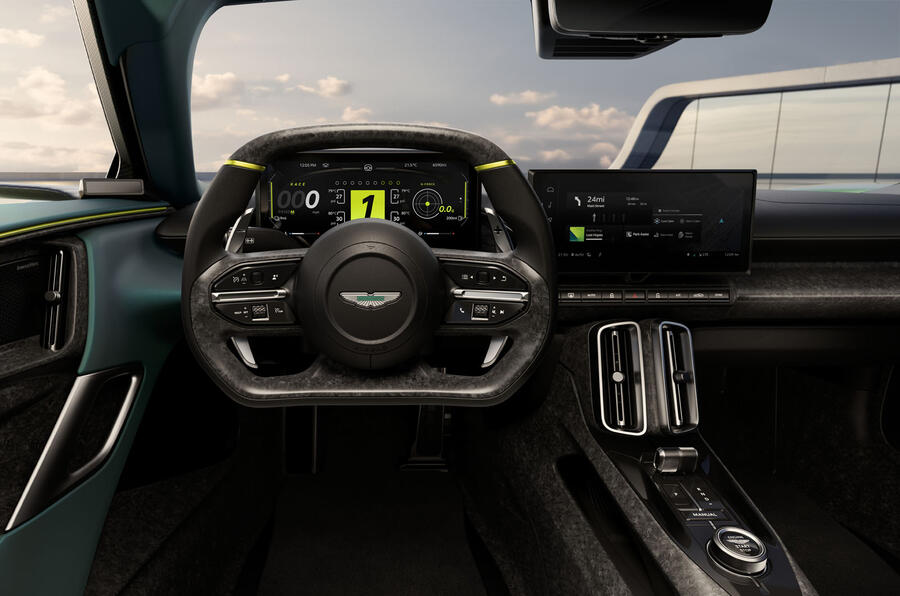
It's more spacious and civilised than its sibling, though, with additions such as an infotainment touchscreen with Apple CarPlay and Android Auto, dual-zone air conditioning, a rear-view camera and a raft of advanced driver aids strengthening its on-road credentials.
Chief creative officer Marek Reichman explained how the Valhalla’s different positioning from the Valkyrie necessitated a unique design approach: “When we created the Valhalla concept, we were keen to emphasise the design legacy of the Valkyrie, and that intent remains unchanged, but the execution has evolved considerably in order to reach production of this all-new car.
"Though the legacy of the Valkyrie is clear, the Valhalla is now a more mature, fully resolved piece of design.”

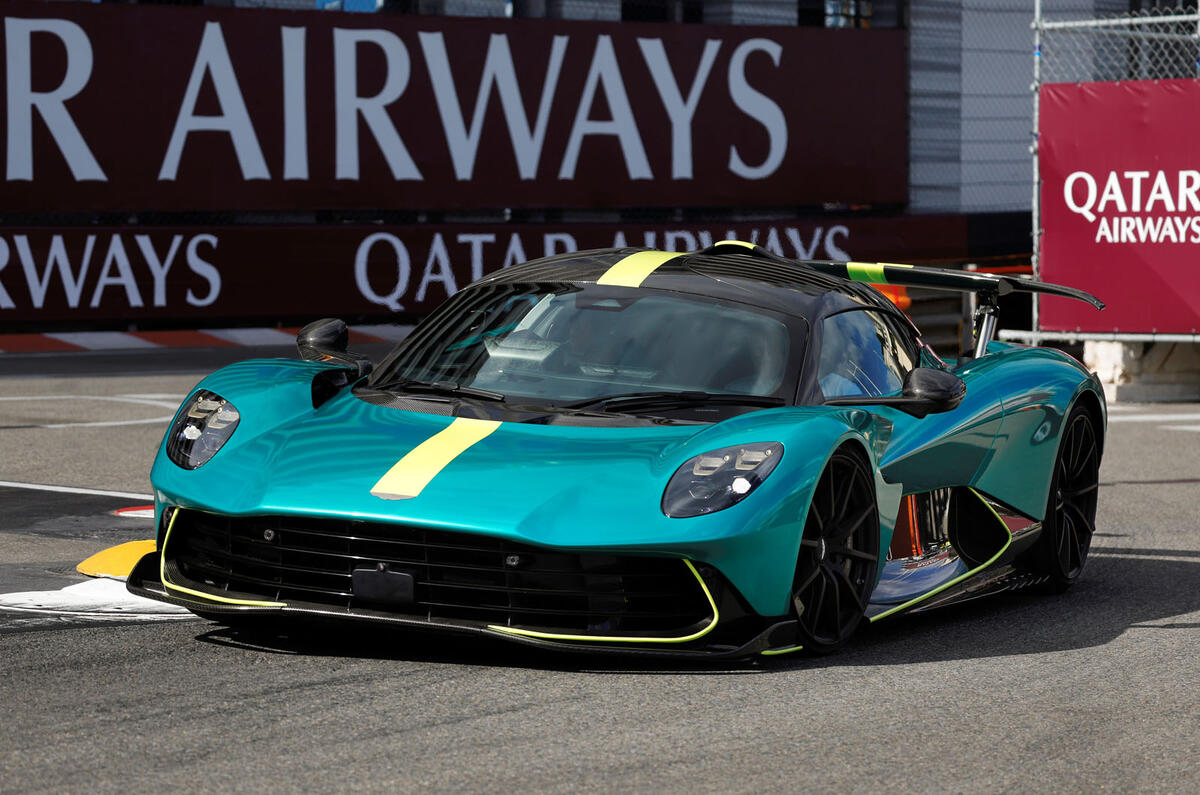
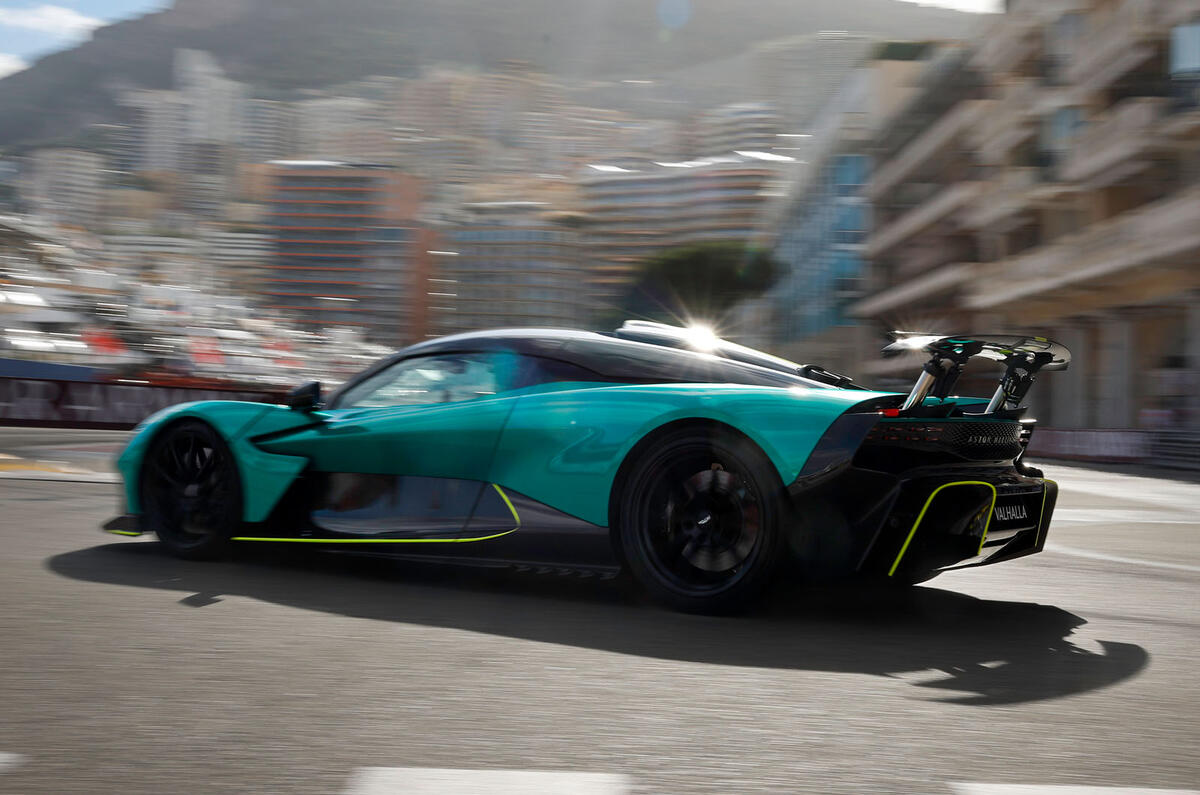
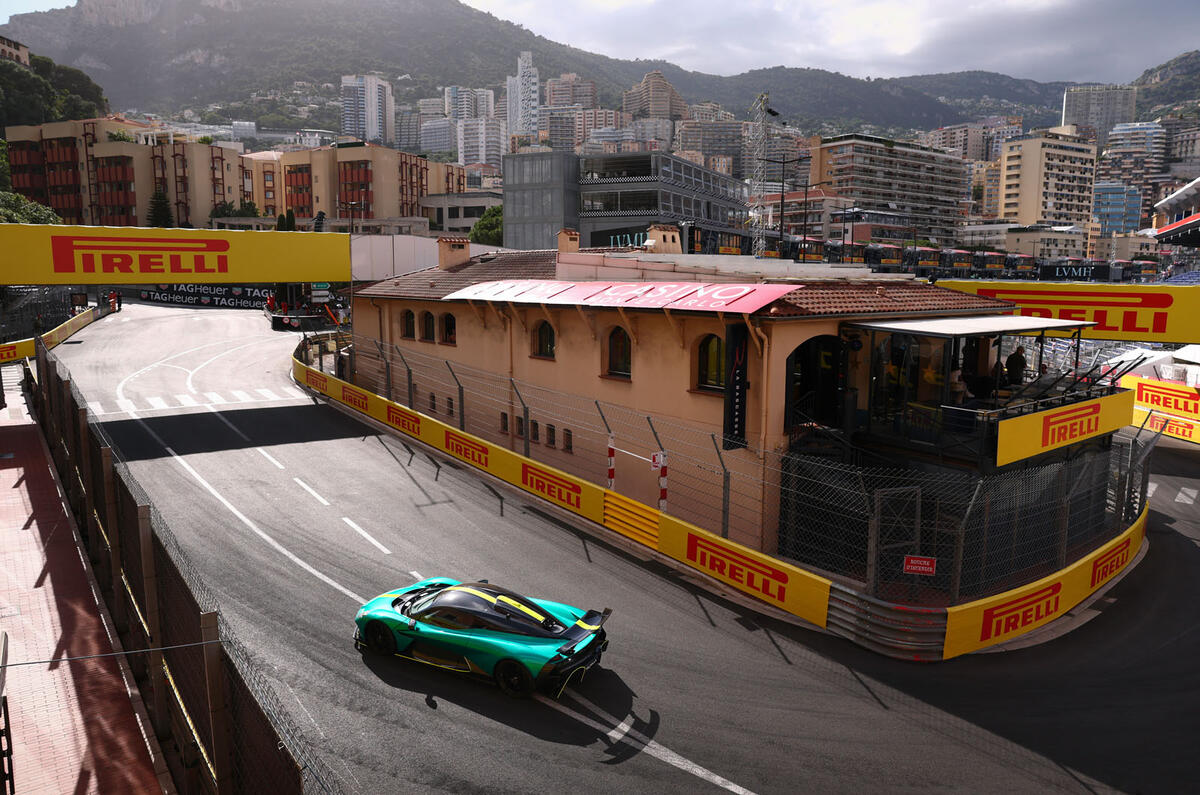
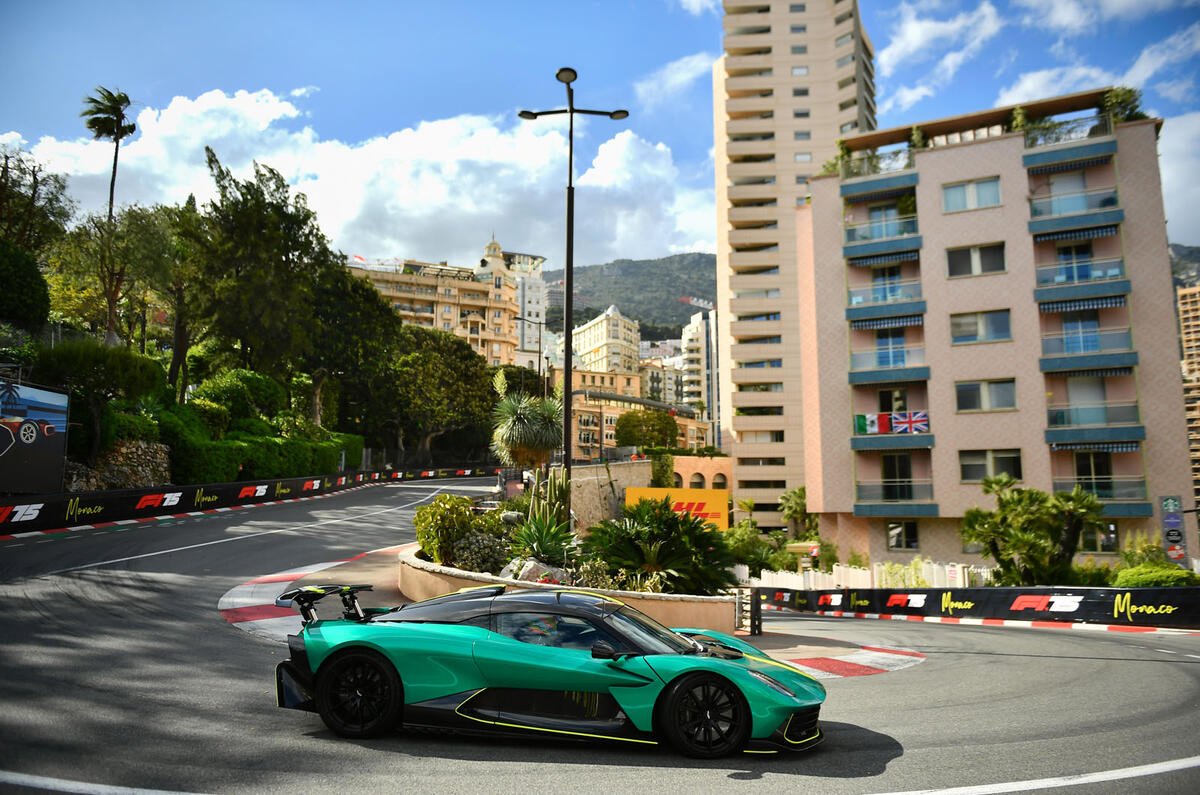

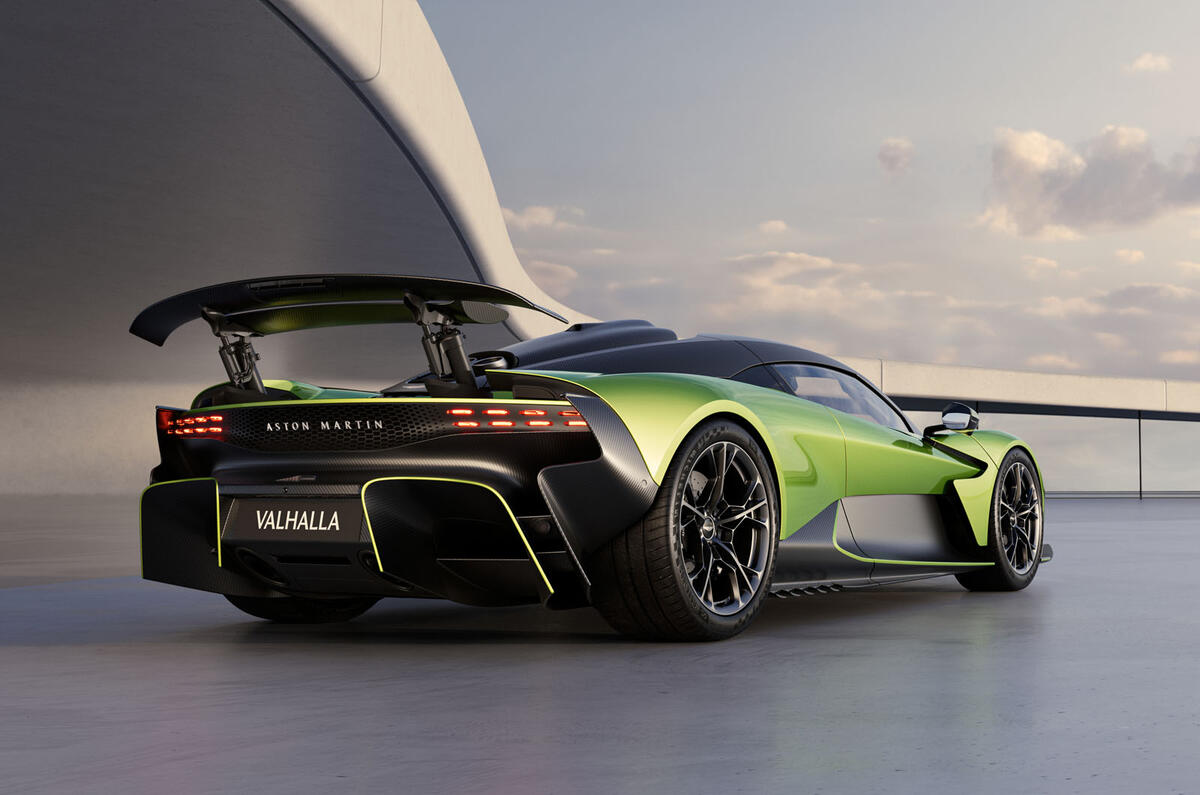
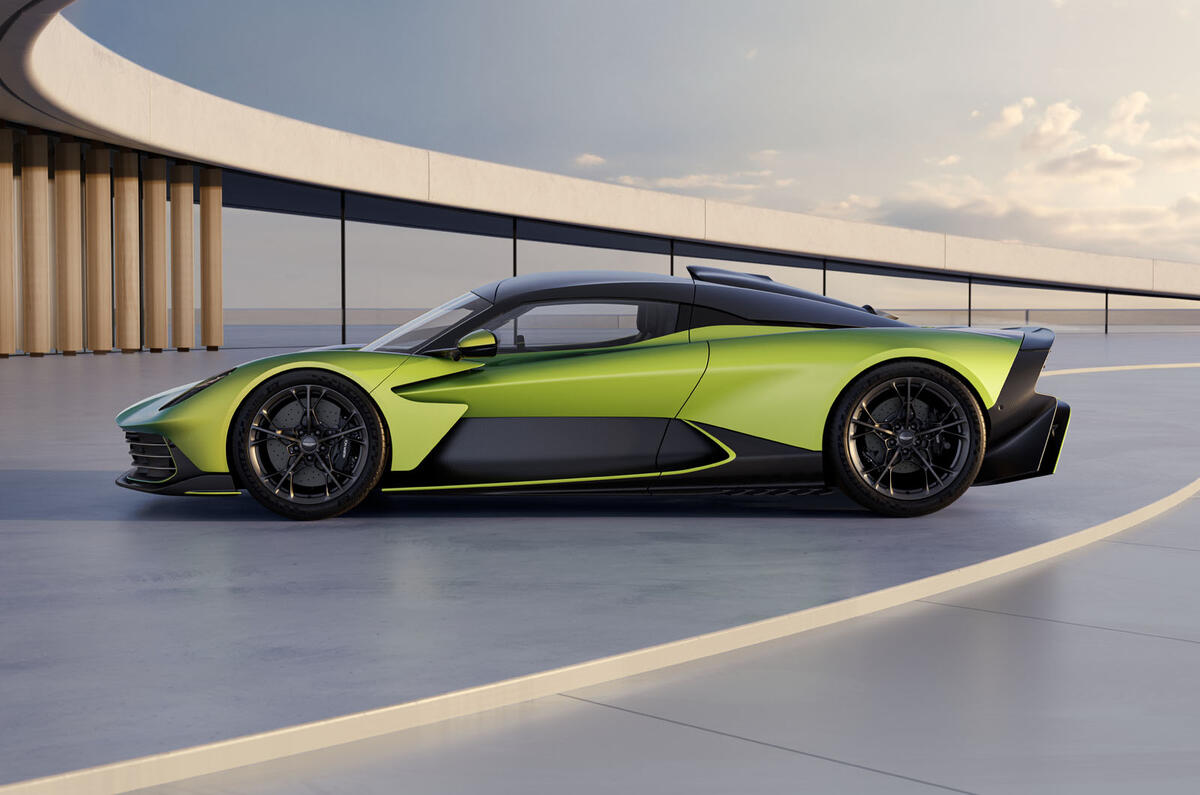
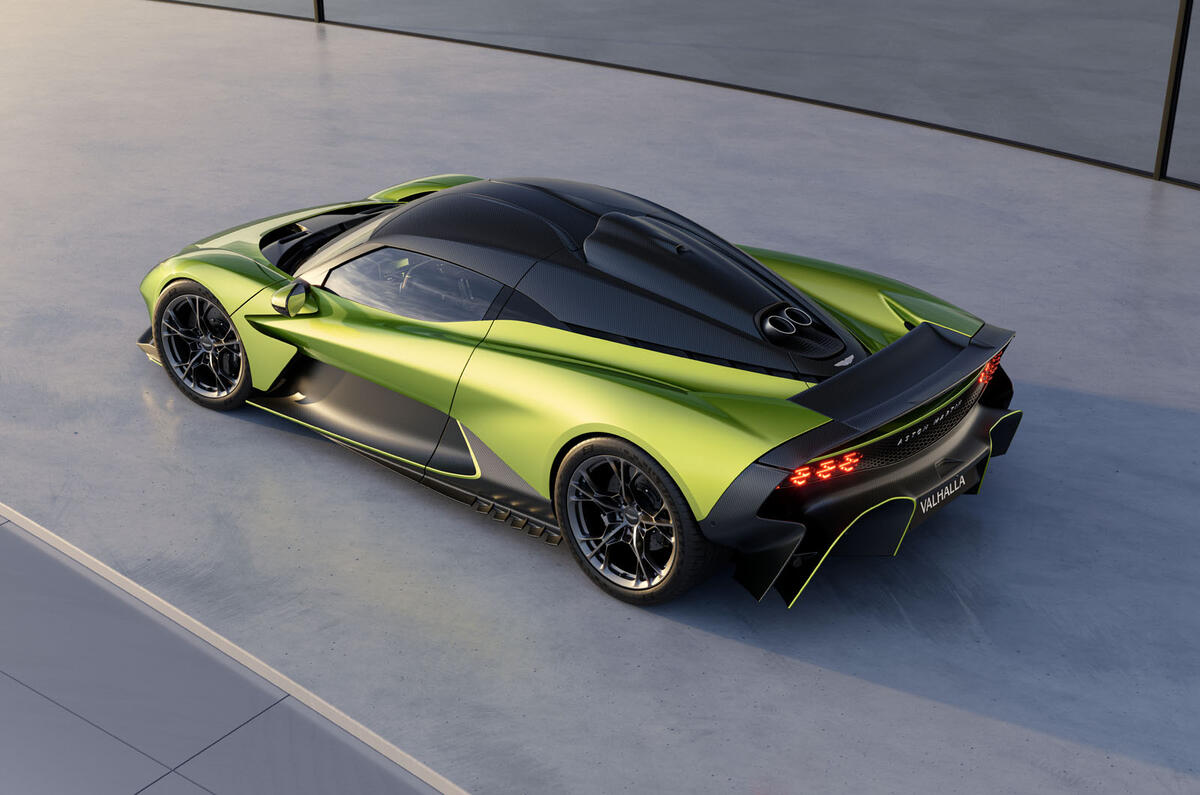

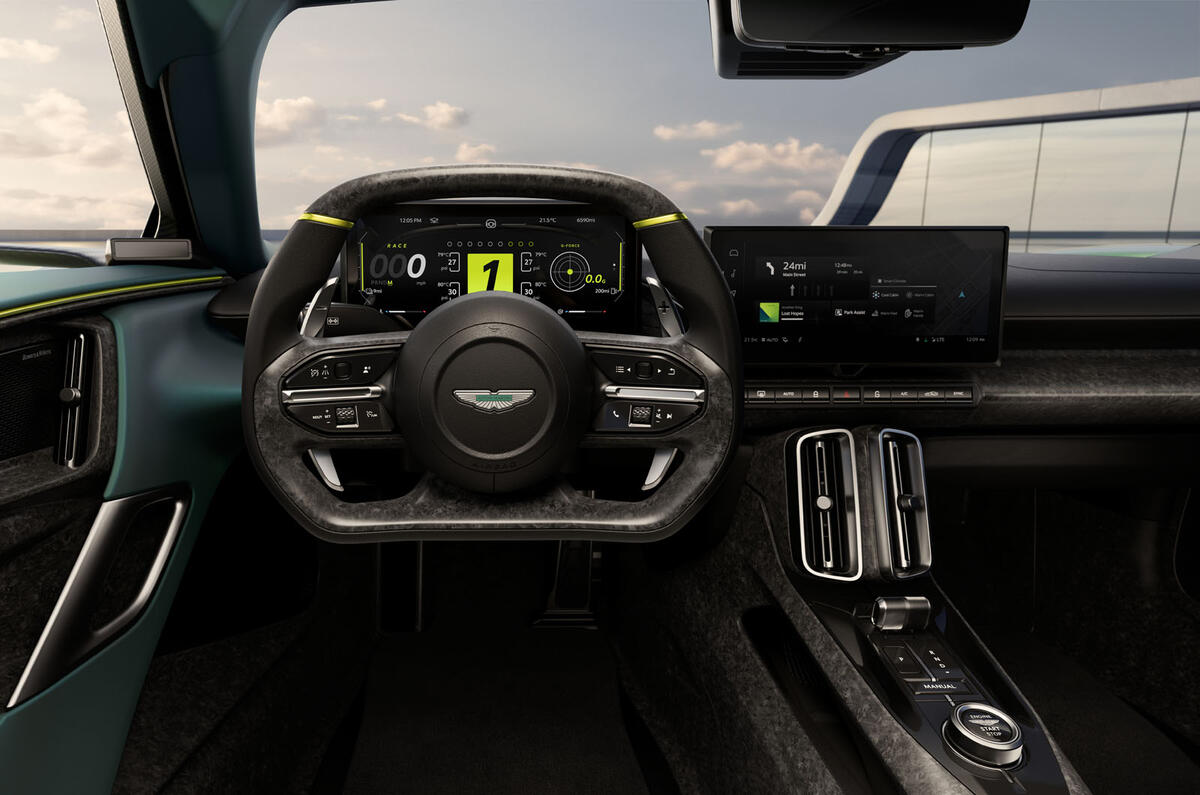
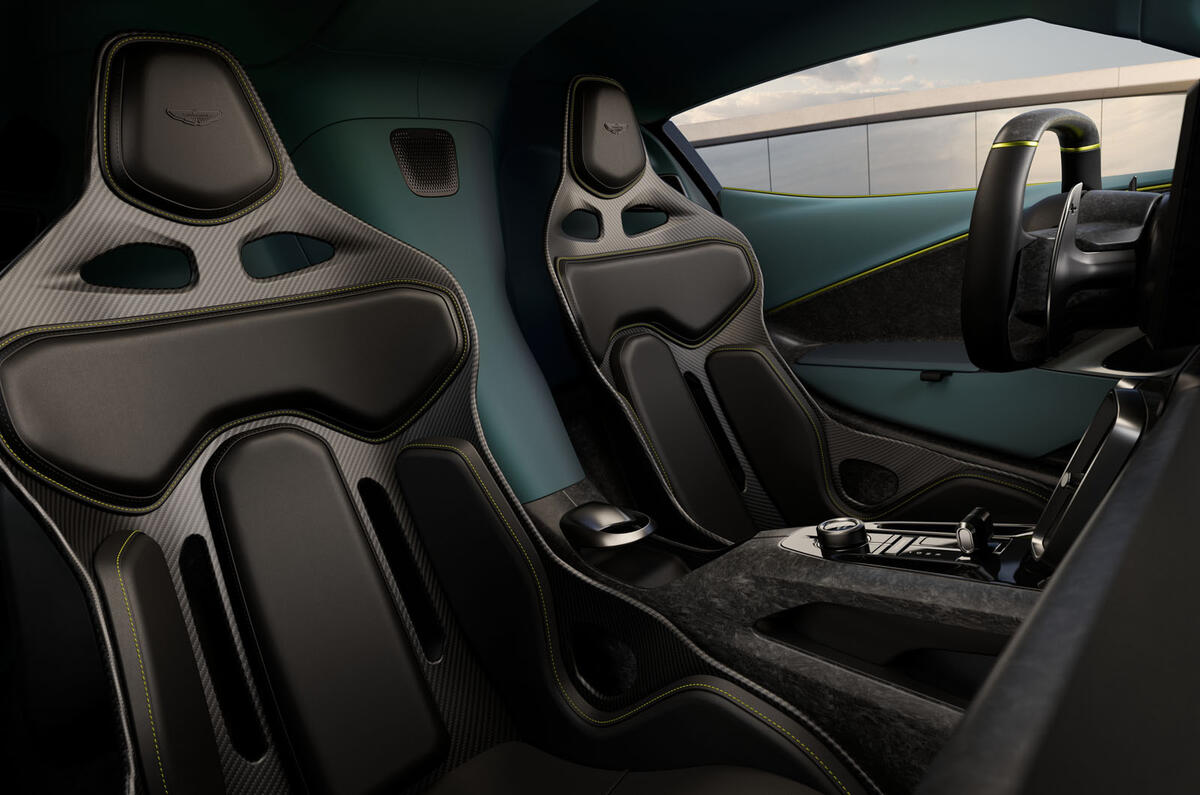
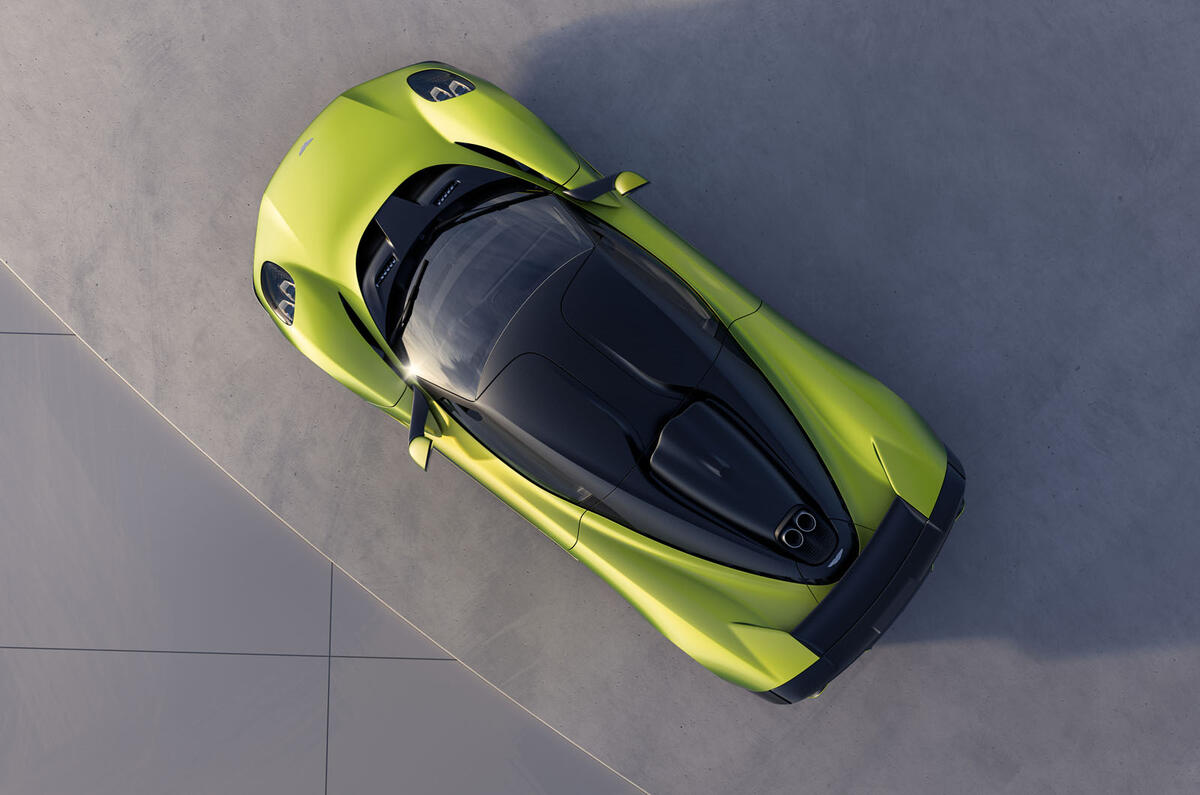
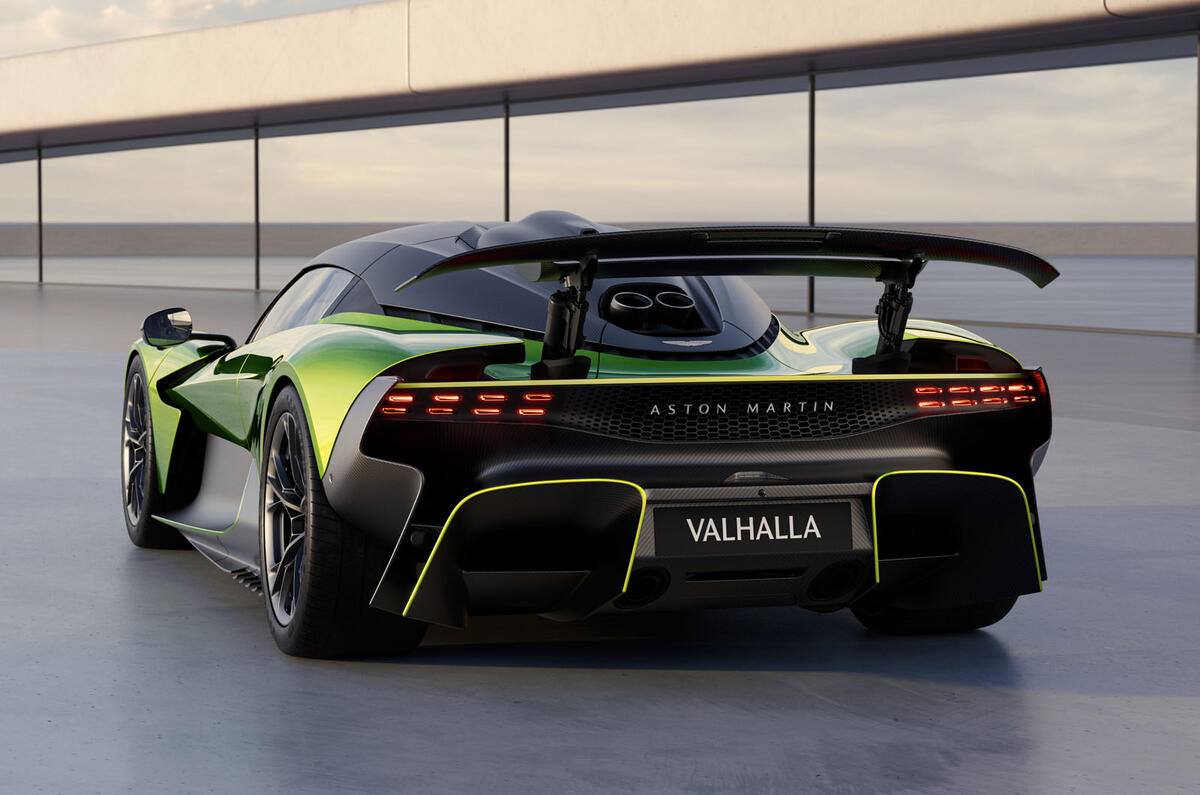
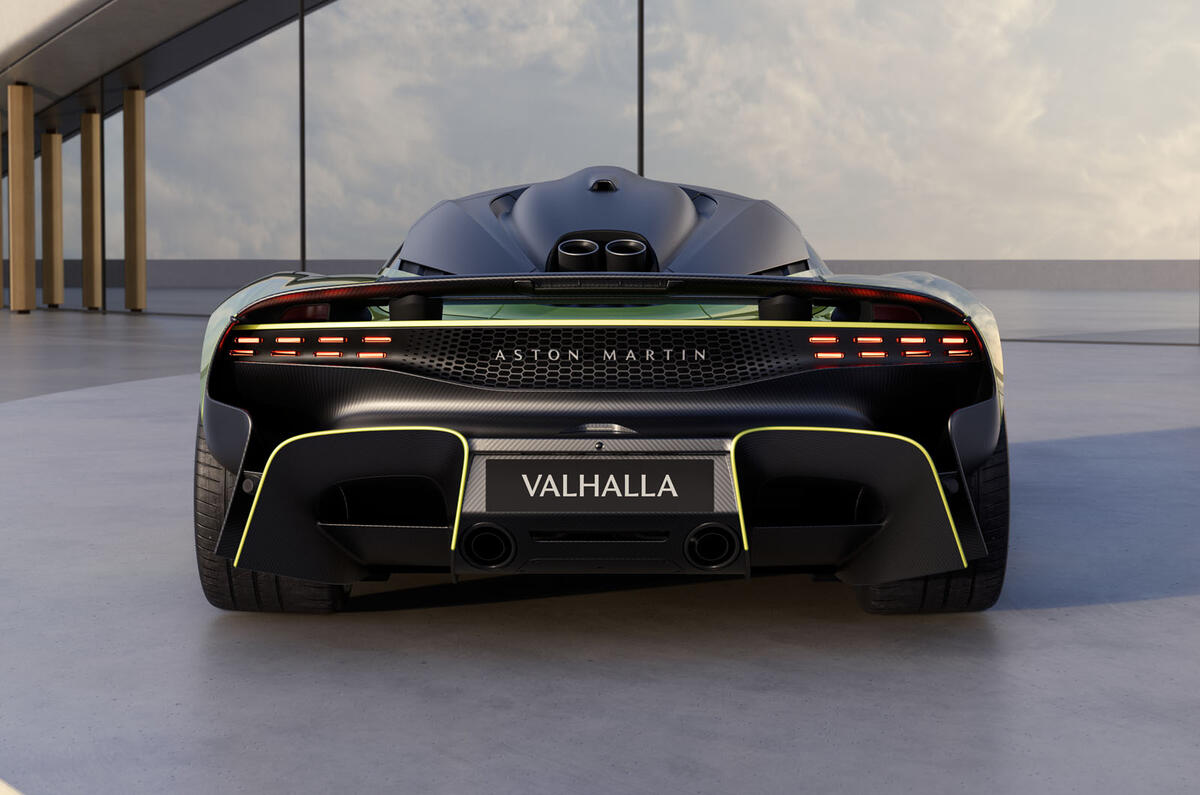
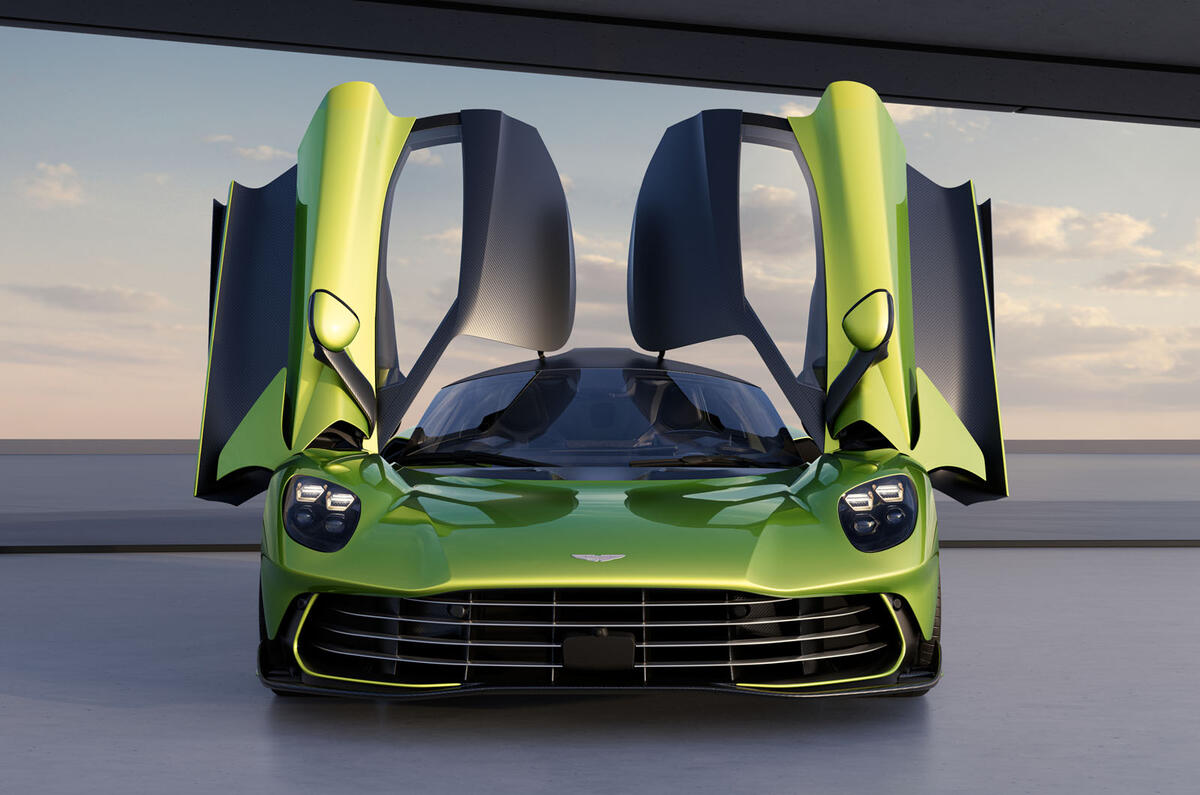
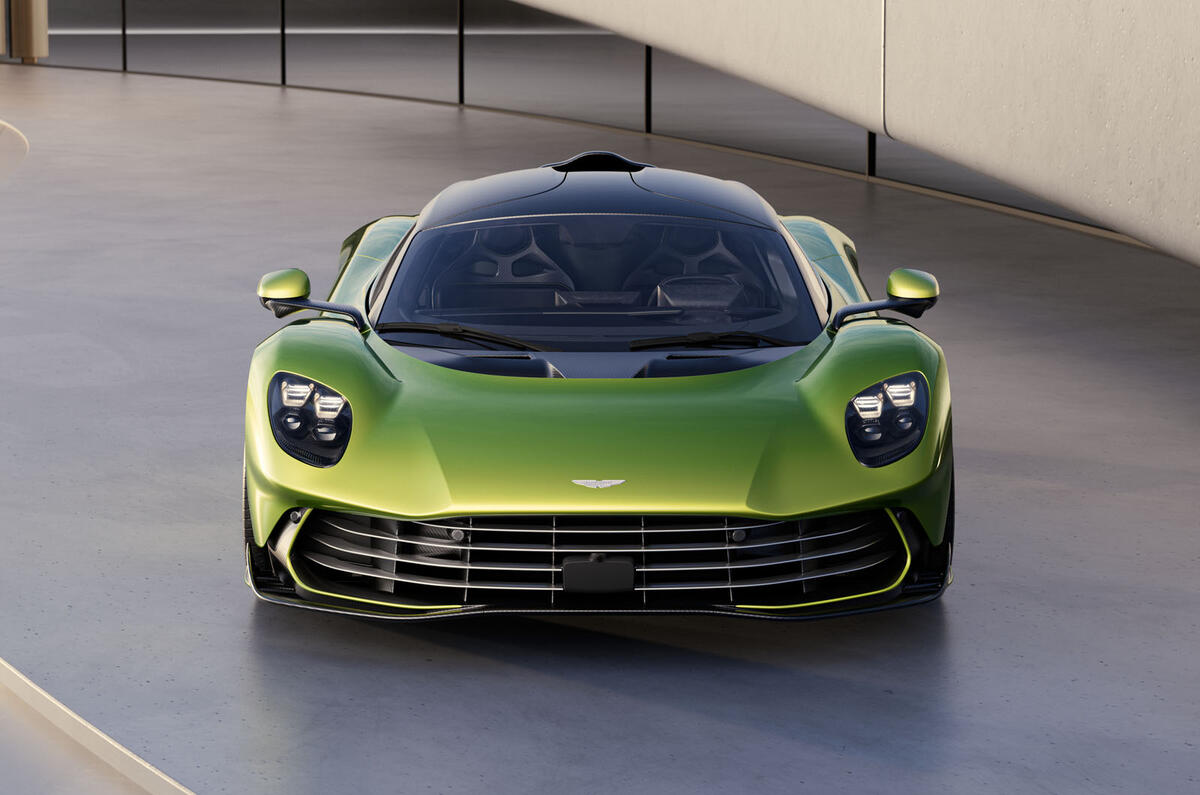
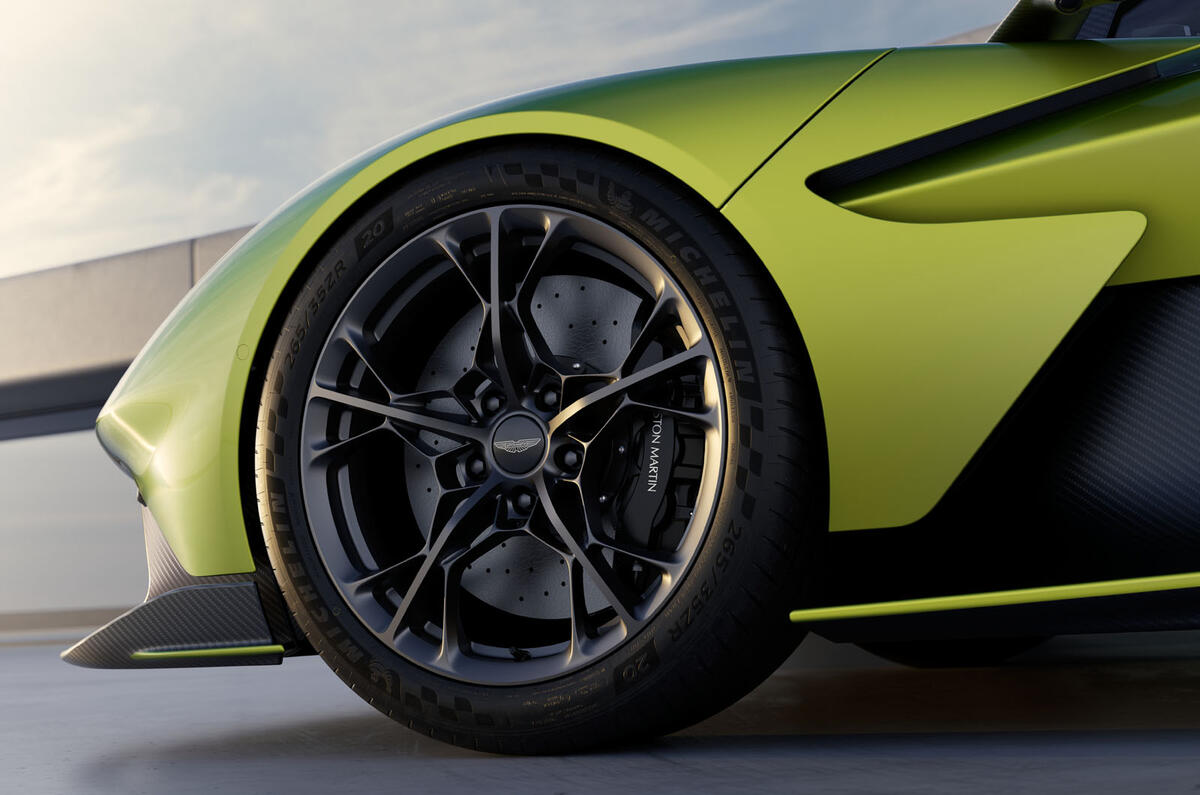
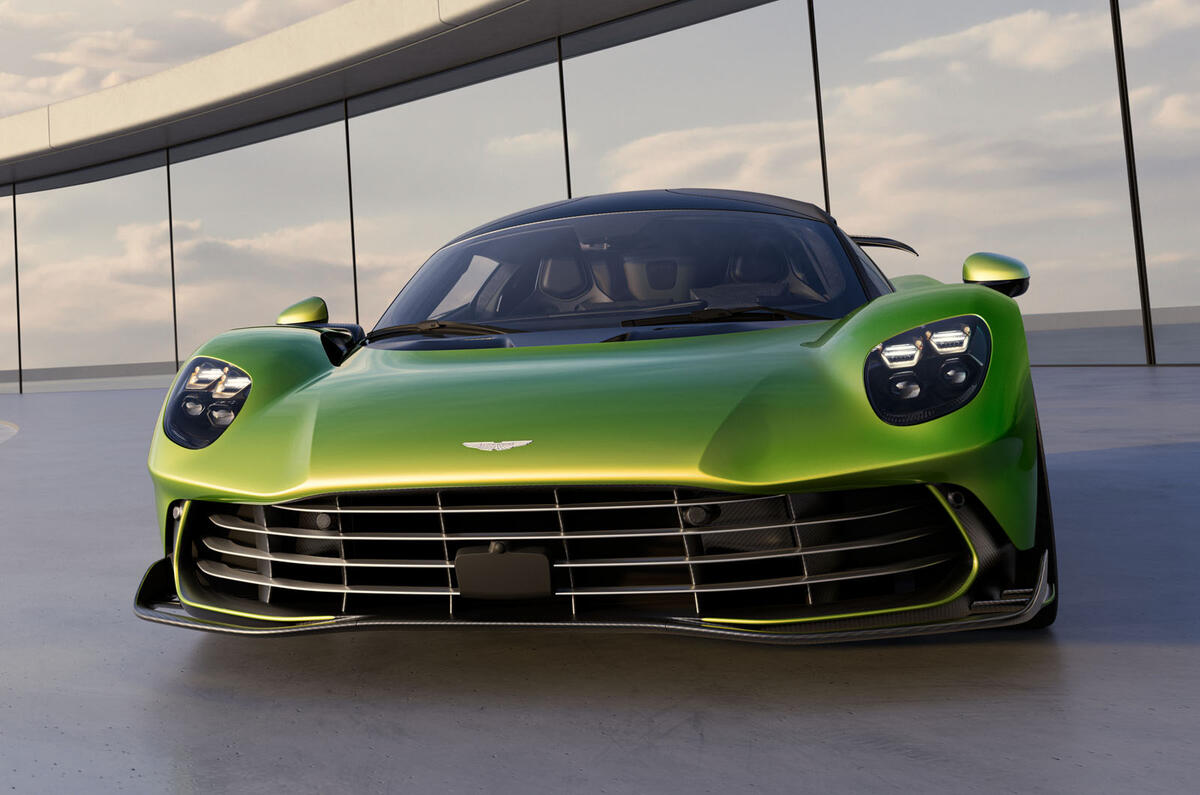
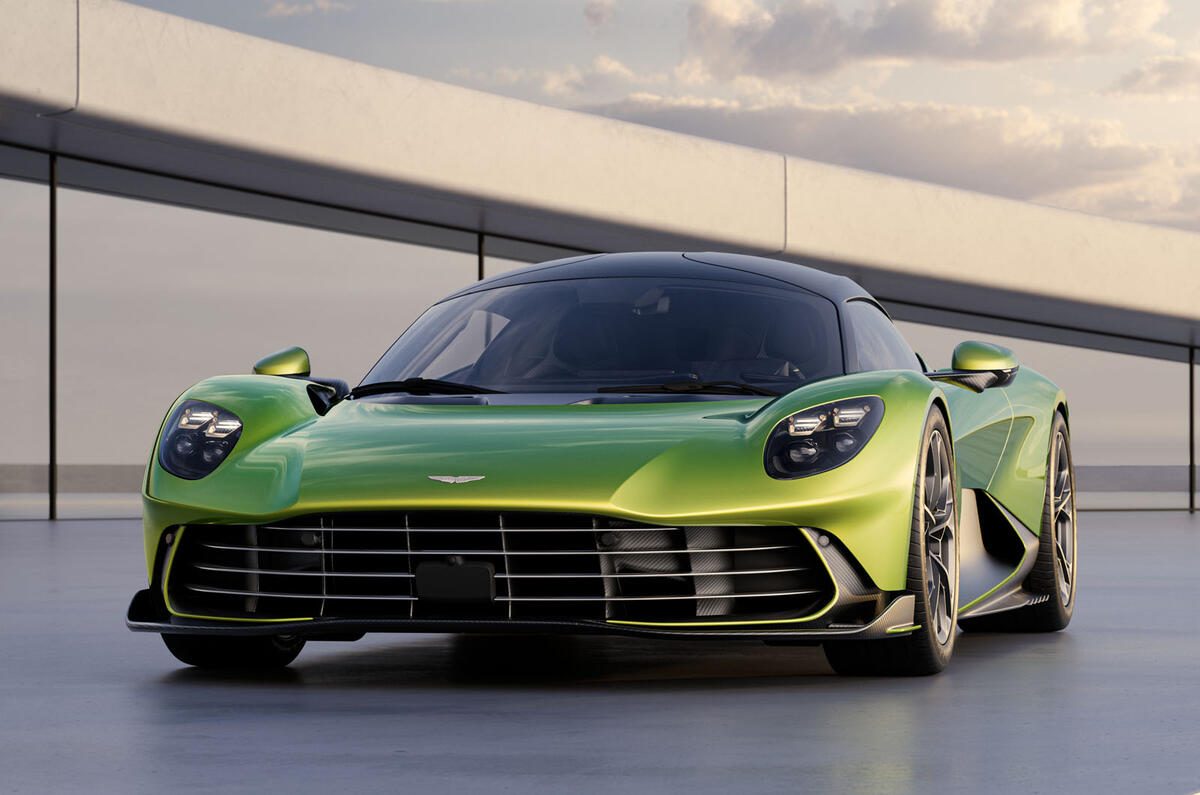
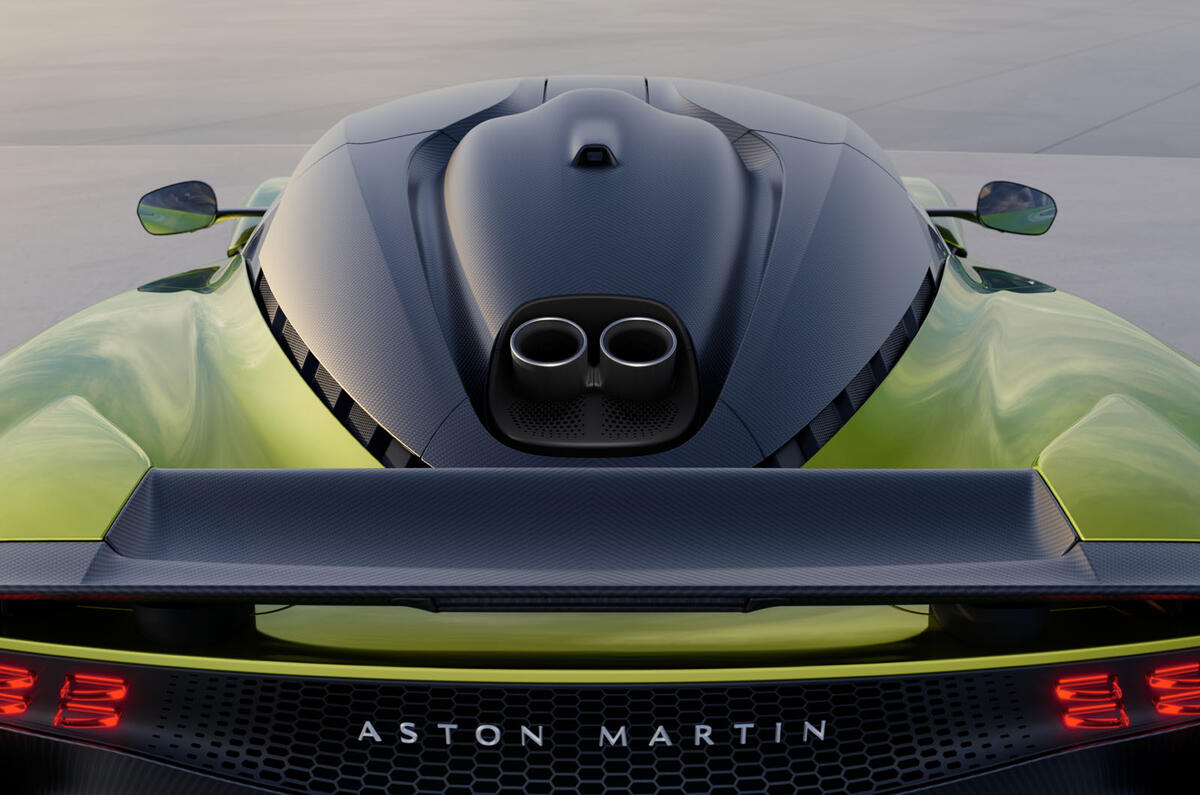
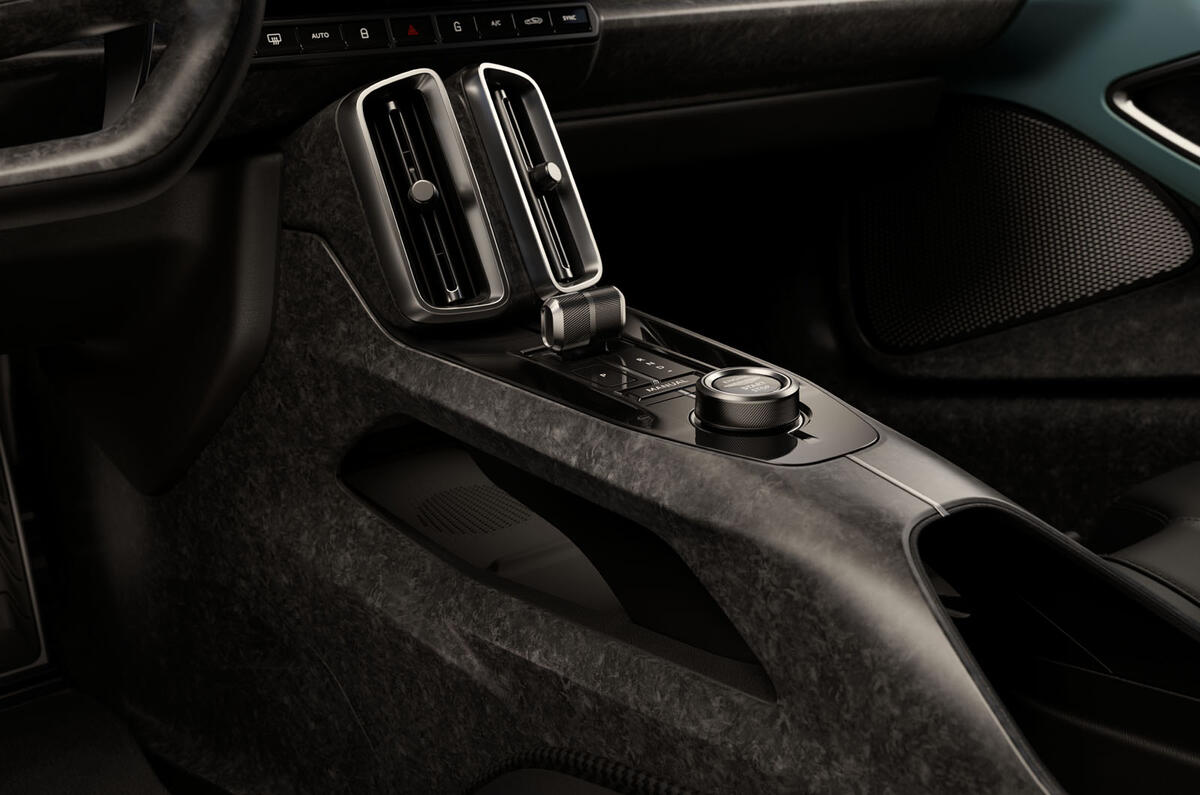

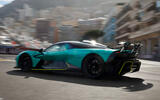


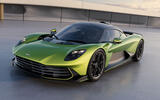
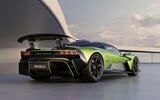
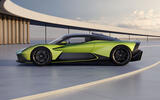
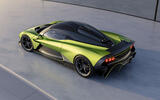
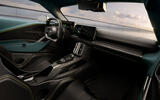
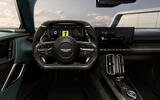





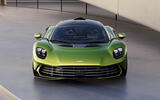

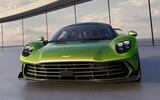

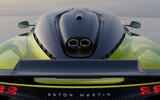









Join the debate
Add your comment
Today this is going against the 296 is completely off the Mark. Especially at that price. This is more the equivalent to the W1 and F80 super cars.
A rival to the 296 and Temerario, and presumably a 750S, but with a hypercar price tag? Even if it was rival to a SF90 and Revuelto, it's still around twice the price of those cars. Are Aston charging that amount because they can?